Scientists uncover evidence of a frozen pathway from Siberia to America. This route may have enabled human migration 24,000 years ago.
Researchers from USGS, Woods Hole, and Oregon State University analyzed sediment and fossils. Could this discovery rewrite the history of human settlement in the Americas?
Clovis People: No Longer America’s First Inhabitants?

The Clovis-first hypothesis dominated archaeological thinking for 50 years. It suggested humans arrived in North America 13,000 years ago.
Recent discoveries push human presence back to 25,000 years ago. How many waves of migration actually populated the Americas?
Last Glacial Maximum: A Window for Migration?
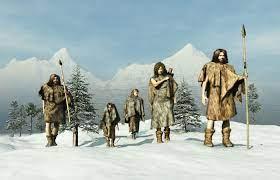
The Last Glacial Maximum occurred over 25,000 years ago. Sea levels were 130 meters lower than today.
A land bridge connected Siberia and Alaska for nearly 36,000 years. Did early humans brave extreme cold to cross this bridge?
Coastal Route: Did Migrants Follow the Shoreline?
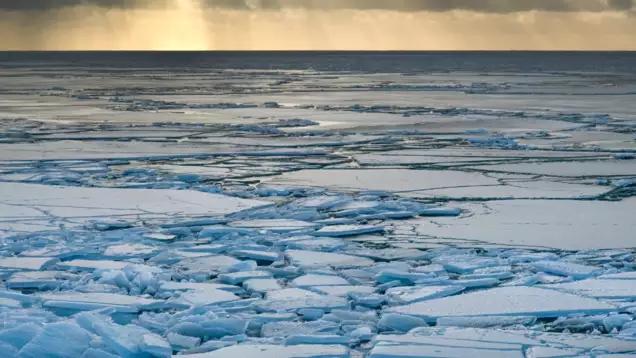
A 14,000-year-old settlement on Canada’s west coast supports pre-Clovis migration. The ‘kelp highway hypothesis’ suggests coastal travel.
This route offered resources and potential boat travel. How advanced were these ancient mariners?
Ocean Currents: Friend or Foe to Ancient Travelers?
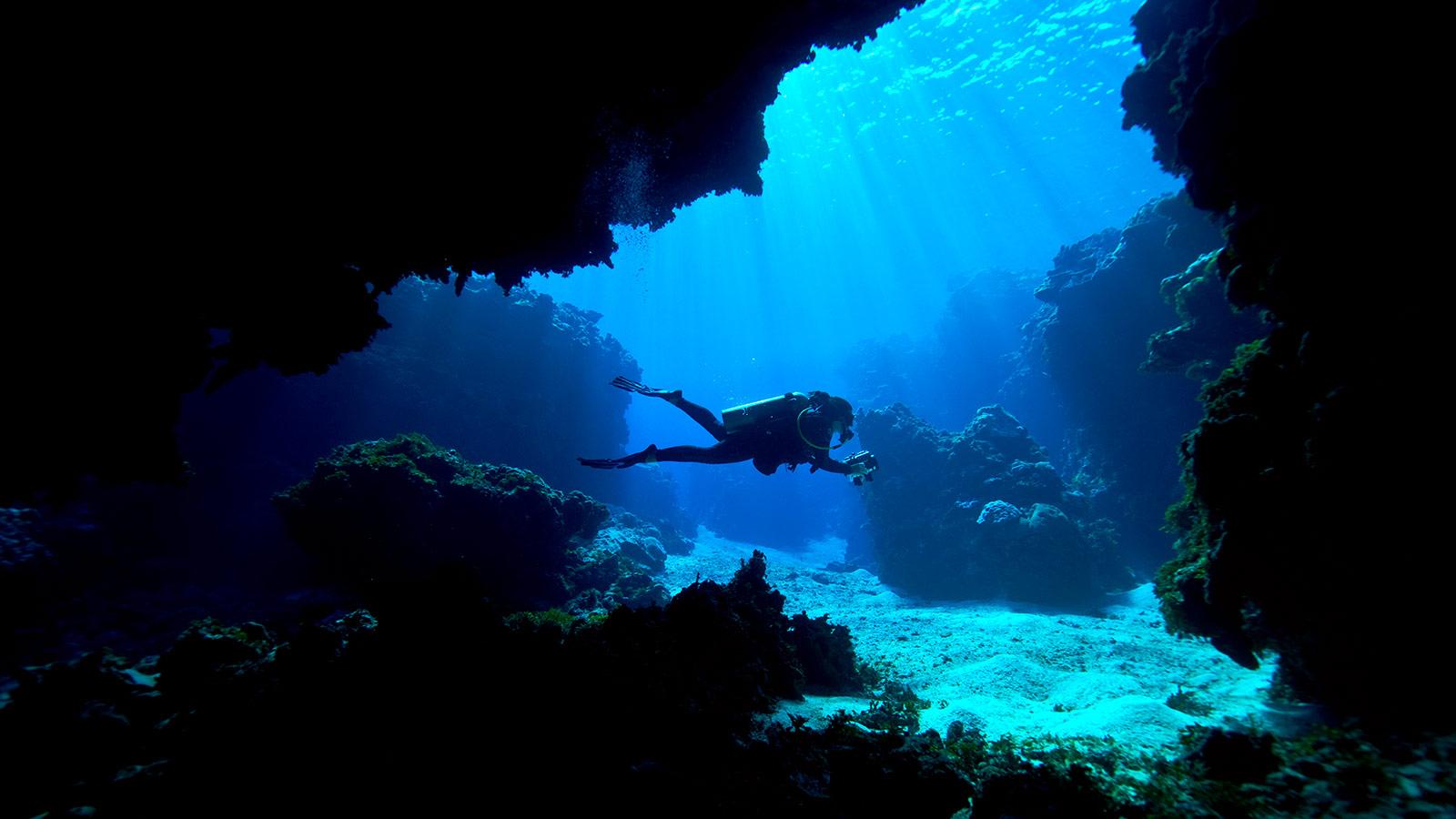
Ocean currents 20,000 years ago were twice as strong as today. High winds and lower sea levels influenced these currents.
A 2020 study suggests warm periods may have hindered migration. Did migrants time their journeys with the currents?
Sea Ice: Nature’s Bridge to a New World?
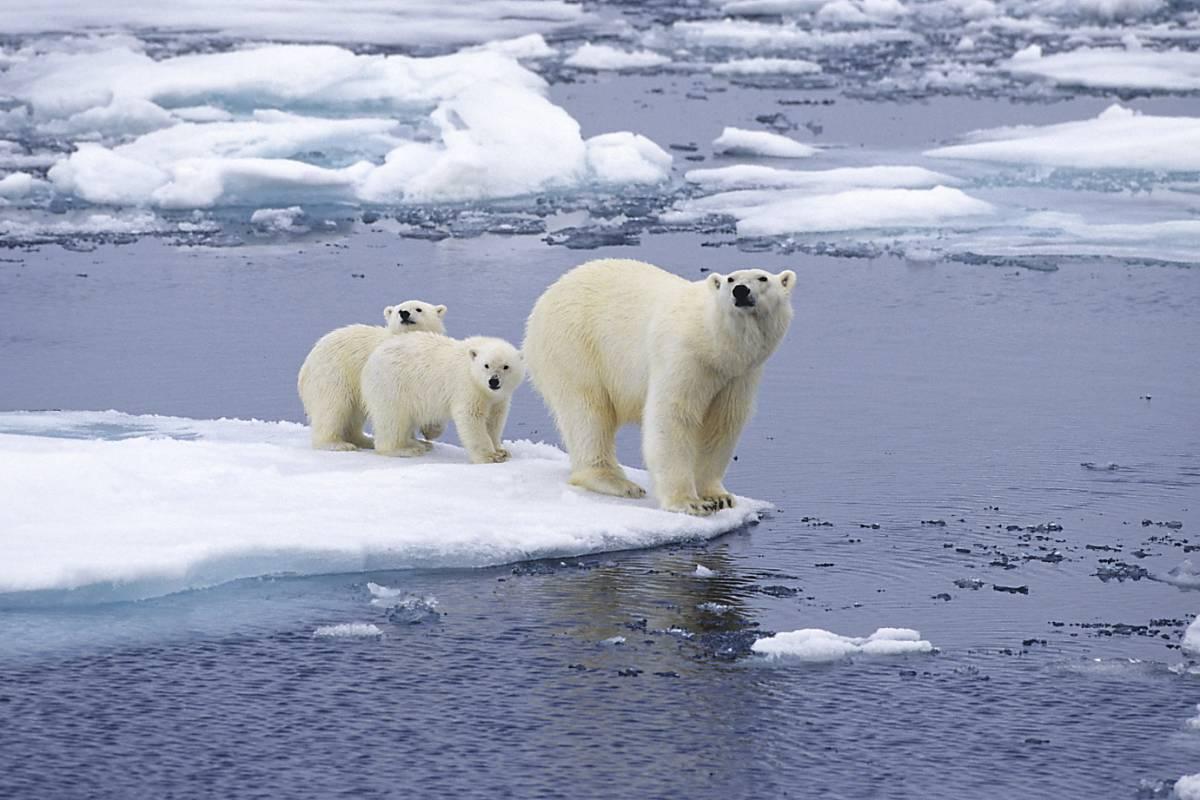
Winter sea ice may have provided a stable path until 15,000 years ago. Migrants could have walked or sledded across this ‘Sea-ice Highway’.
The ice bridge potentially spanned thousands of kilometers. How did ancient humans navigate this frozen landscape?
Migration Windows: When Did They Open?
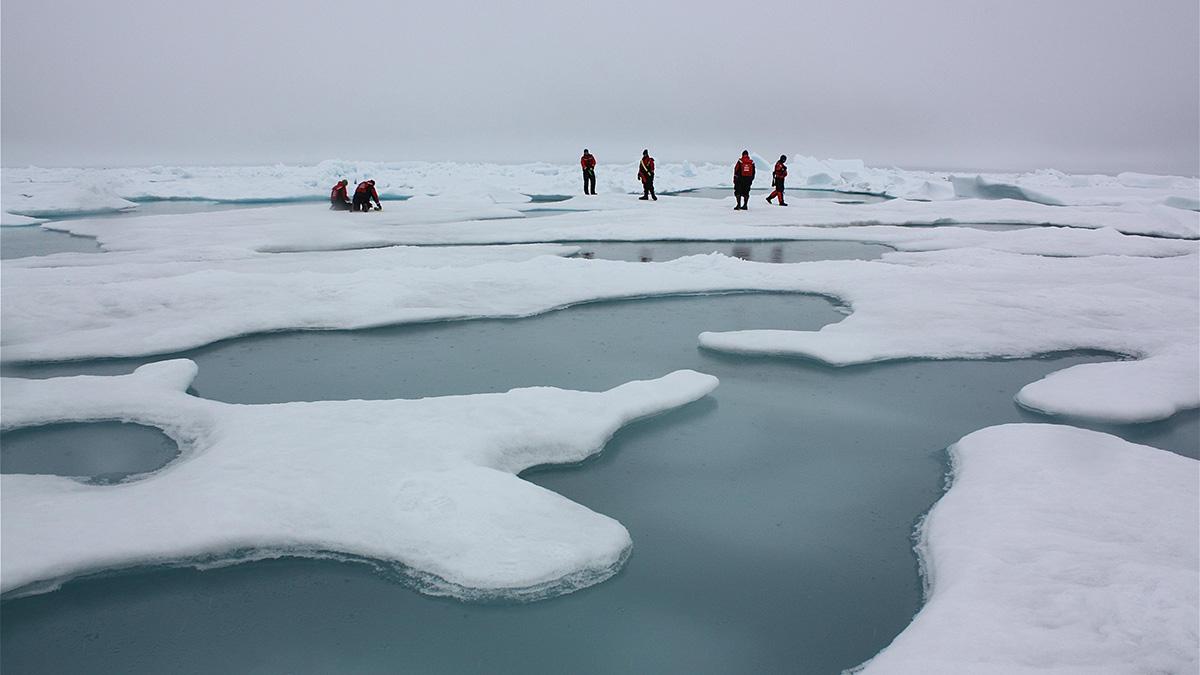
Researchers identify two key migration periods: 24,500-22,000 and 16,400-14,800 years ago. These windows offered optimal conditions for coastal travel.
Climate models support these timeframes. Did multiple waves of migration occur during these periods?
New Mexico: Evidence of Earlier Arrival?
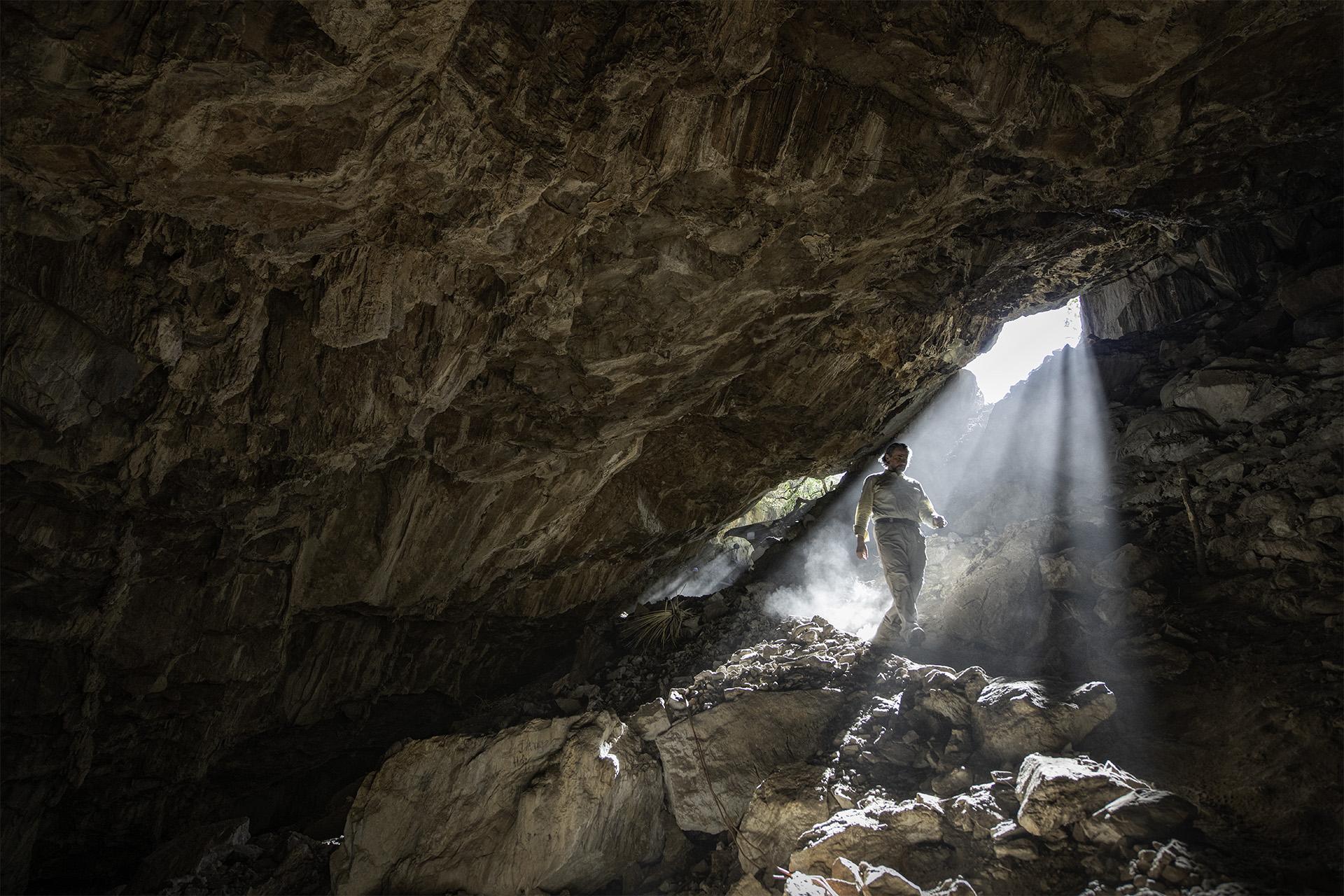
Signs of human presence in New Mexico date back 20,000+ years. This pushes back the timeline of human migration significantly.
It suggests a safe path existed for early travelers. What other archaeological surprises await discovery in the Americas?
Multi-Modal Migration: Land, Sea, or Ice?
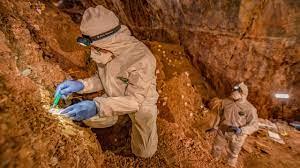
Researchers don’t rule out sea travel during favorable periods. The ‘Sea-ice Highway’ theory complements rather than replaces other hypotheses.
Multiple routes may have been used over millennia. How diverse were the strategies of these ancient explorers?
Rewriting History: What Don’t We Know Yet?
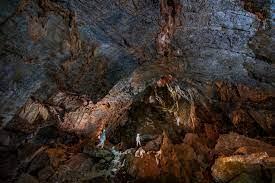
This research challenges long-held beliefs about American prehistory. It opens new avenues for archaeological and geological investigation.
The full picture of early American settlement remains incomplete. What other paradigm-shifting discoveries lie ahead?


